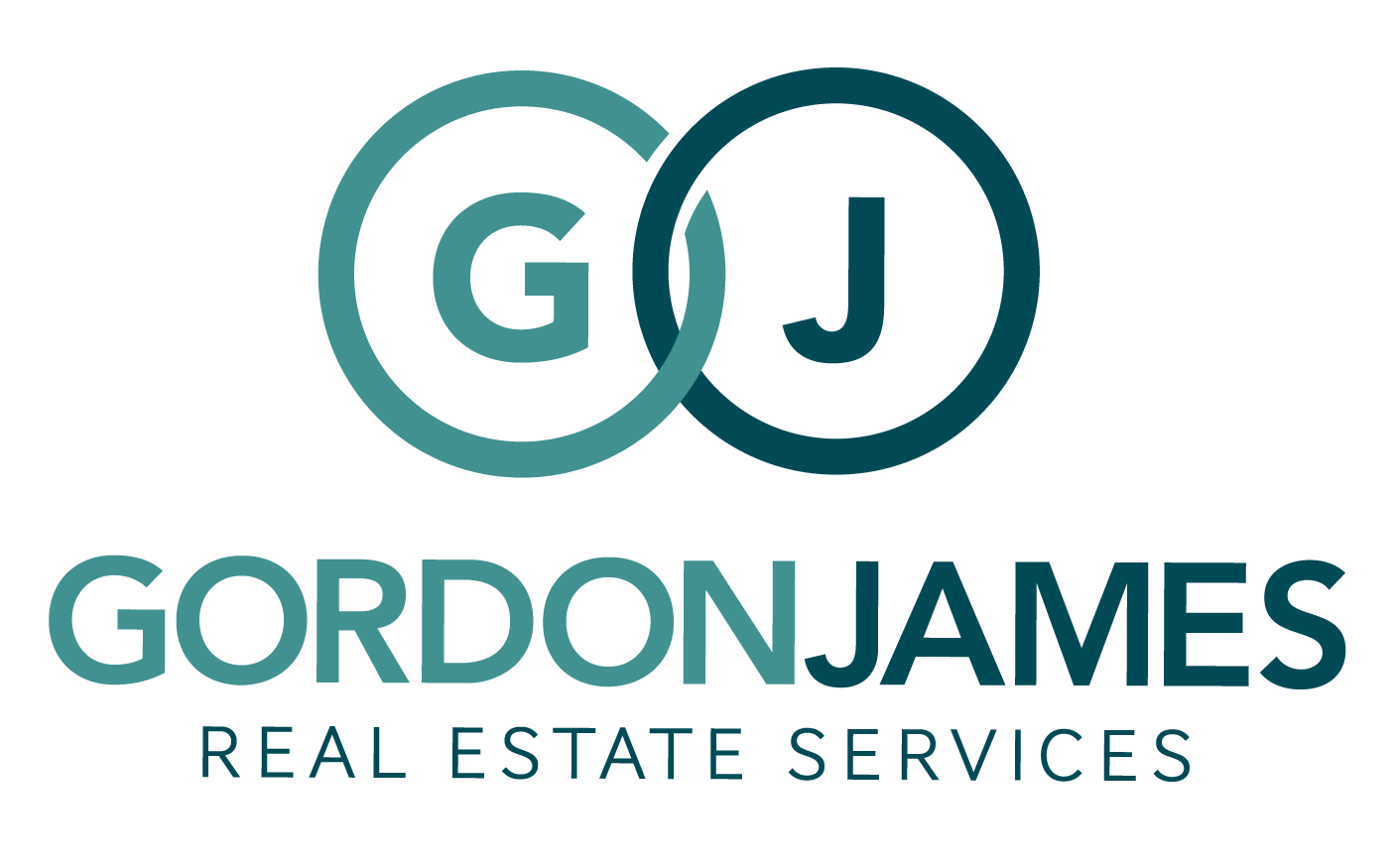Clearly Defining Violations and ARC Requirements through Board Resolutions

If you’ve served on a board or managed community associations then you know how difficult it can be to handle violations or ARC requests. This is especially the case when the governing documents are not crystal clear. In some cases, HOAs have an extremely detailed section of the governing documents that lays out exactly what you can and cannot do. However, in many cases the rules can be extremely vague.
Browse By Category
Sign up for Our Newsletter
If you’ve served on a board or managed community associations then you know how difficult it can be to handle violations or ARC requests. This is especially the case when the governing documents are not crystal clear. In some cases, HOAs have an extremely detailed section of the governing documents that lays out exactly what you can and cannot do. However, in many cases the rules can be extremely vague.
In the case where things are not very detailed, you see words like “unsightly”, “unreasonable”, etc.. This creates large grey area for interpretation. As trustworthy and competent as some board members can be, the grey area can still create unrest and drama within the community. For example, two residents send in ARC requests. Both fall under a grey area of interpretation. One is approved and the other is denied. The one who was denied may argue the tree they were going to plant was not unsightly, and that the board is partial against them. When I managed communities, I saw this exact situation play out hundreds of times. I even saw one lead to the board getting voted out entirely at the next annual meeting.
If you have this kind of situation in your community and are getting tired of all the uncertainty and drama, check your governing documents for something called a “board resolution”. The reason I mention this first is that it can be extremely hard to amend the governing documents entirely, many times requiring a 75-100% vote after reaching a quorum. In some cases, the governing documents contain a clause saying the board can pass a “resolution”. This is basically an addition to the governing documents that does not contradict what is written currently. The beauty of this is that if there are parameters like “unsightly, and “unreasonable”, you may be able to add a board resolution that outlines many rules specifically in writing. For example, if it isn’t indicated already, you could add specific paint colors, parking rules, etc. as long as it didn’t contradict the governing documents.
Frequently I see governing documents allowing a board resolution through a board vote as long as all residents are sent a copy. This is not always the case, and it is very important you read your governing documents thoroughly or ask your community attorney before proceeding with this. If you have drama in the community that developed from vague and subjective text, it is worth looking into.
A lot of communities call us at HPS Management with this exact situation. They’ve been self-managing and want a trusted company to take over. Drama and/or unrest is already occurring. We read the governing documents of every community we manage, and if we can help create a board resolution that the board approves, it helps make sure the rules are clear and no drama is arising from what some people perceive as preferential treatment.
If you’re having issues with your self-managed community, or your current management company is struggling with violations enforcement, HPS can help. We manage communities in Maryland, Delaware, Washington D.C., North Carolina, and South Carolina. Visit our web site at www.hpsmanagement.com to learn more. We look forward to hearing from you.
Trending Now
Related Article
Sign up for Our Monthly Newsletter
Sign up below for monthly updates on all HOA Resource















